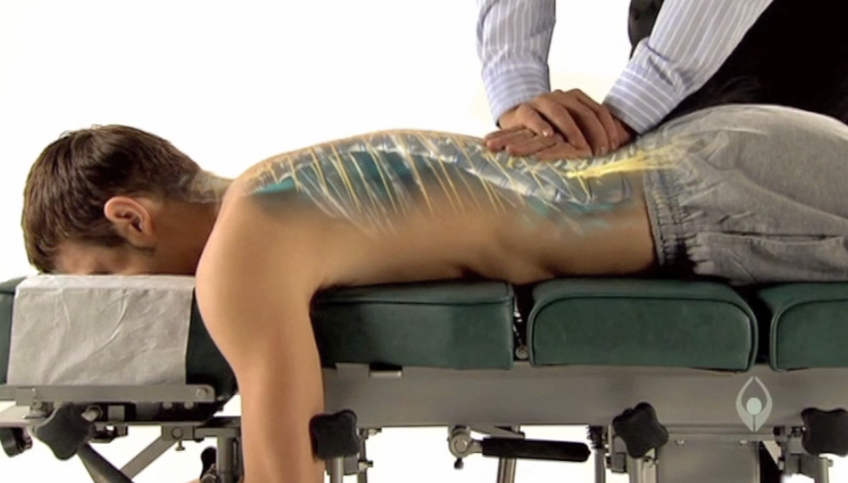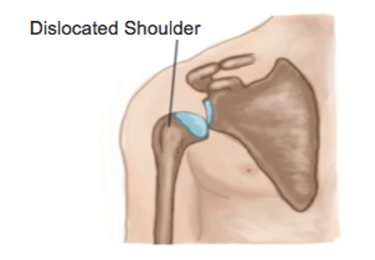Dr. Patti Farrel: All about Adjustments

1) Can you talk about the difference between traditional chiropractic care and today’s more modern approach?
With traditional chiropractic care, the treatments tend to gear more towards adjustments, resulting in quick treatments of 3-5 minutes. Today we move towards an evidence-based style. We take the best research out there, our clinical expertise, along with patient preferences and use these tools to figure out what the best treatment plan is for each patient. Further, while traditional chiropractors used to x-ray every patient to detect ‘misalignments’ or ‘subluxations’, we now follow certain guidelines for prescribing x-rays. Our treatments are usually half-hour long to make sure we have the proper time to treat certain conditions. An adjustment is very powerful, but I believe it needs to be an adjunct to other treatment methods we have. We use a multi-modal series of treatments, such as acupuncture, muscle release, and/or rehabilitation to help achieve the best possible results. In addition, if one treatment style does not work for somebody, we have other tools we can use to help.
2) What is a manipulation/adjustment?
A manipulation or adjustment is a low amplitude, high velocity thrust applied to a joint of the spine or extremity that is not moving properly. The goal of an adjustment is to reduce stiffness in the joints and the surrounding musculature, and to help regain proper movement of the joint. The ‘crack’ or ‘pop’ one hears is a release of pressure/gas in the joint as more space is created for movement.
3) Are adjustments dangerous?
No, they’re not dangerous. That’s why doing a thorough history and physical examination of the patient is really important. Sometimes there are contraindications to adjustments, whether it be age, medical history, or certain symptoms someone is experiencing. One thing people are scared about is stroke from neck adjustments. The risk is actually no greater than if you see your medical doctor with the same symptoms. If those arteries that supply the brain are already damaged, and if someone’s in their early stages of a stroke, it can present as neck pain and headaches. This is why a thorough history and physical examination are crucial because there’s no cause-and-effect relationship between a neck adjustment and a stroke, it is rather the fact that the person coming into the office is already in the process of having a stroke and the doctor needs to rule this out before proceeding with any treatment.
Adjustments are safer than many medications. With the recent rise of Opioid addictions, manual therapy should definitely be considered as a safe alternative for certain conditions related to the musculoskeletal system. A recent study showed that the risk of a serious adverse event from an adjustment is 1 in 1-250 million adjustments.
Another recent study showed that the risk of adverse events with medium to long-term Opioid use (2 weeks) was 75%, with almost 8% of these being serious adverse events. This number is much, much higher than chiropractic care. Most adverse events with chiropractic are mild and transient with the most common side effect being post-treatment soreness which usually goes away within 24-hours.
4) Does everyone need adjustments?
I think everyone can benefit from one. If I poke around anyone’s spine, I am likely going to find a joint that’s probably not moving as well as it could or is tender to touch. But do I adjust everybody? No. I have to make sure that it’s warranted, it’s indicated, the patient’s a good candidate for it, and that they are comfortable with it.




